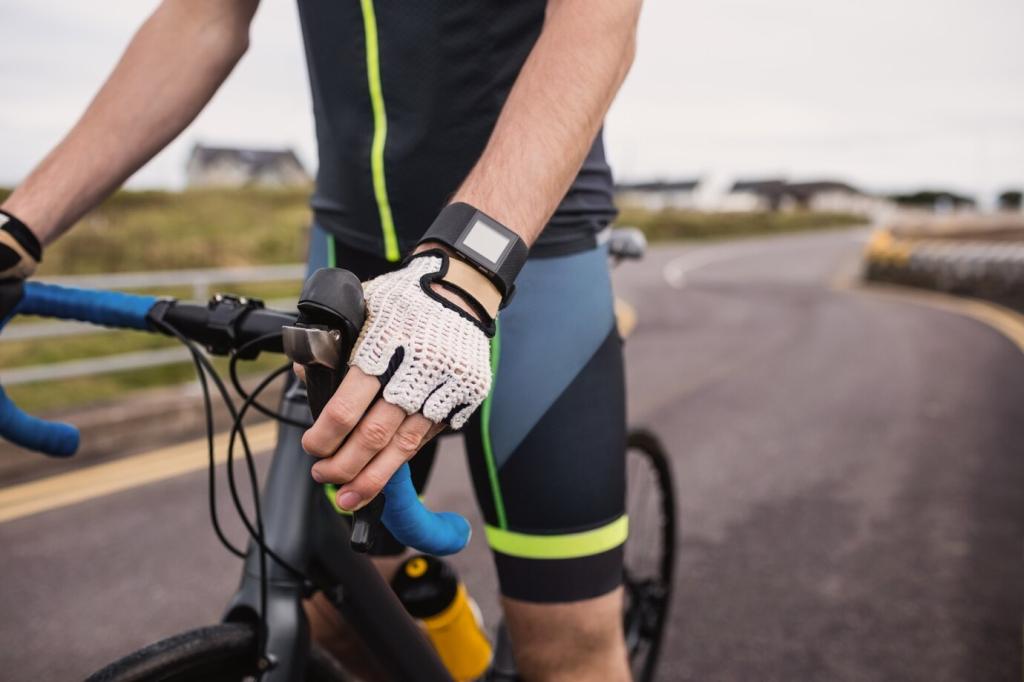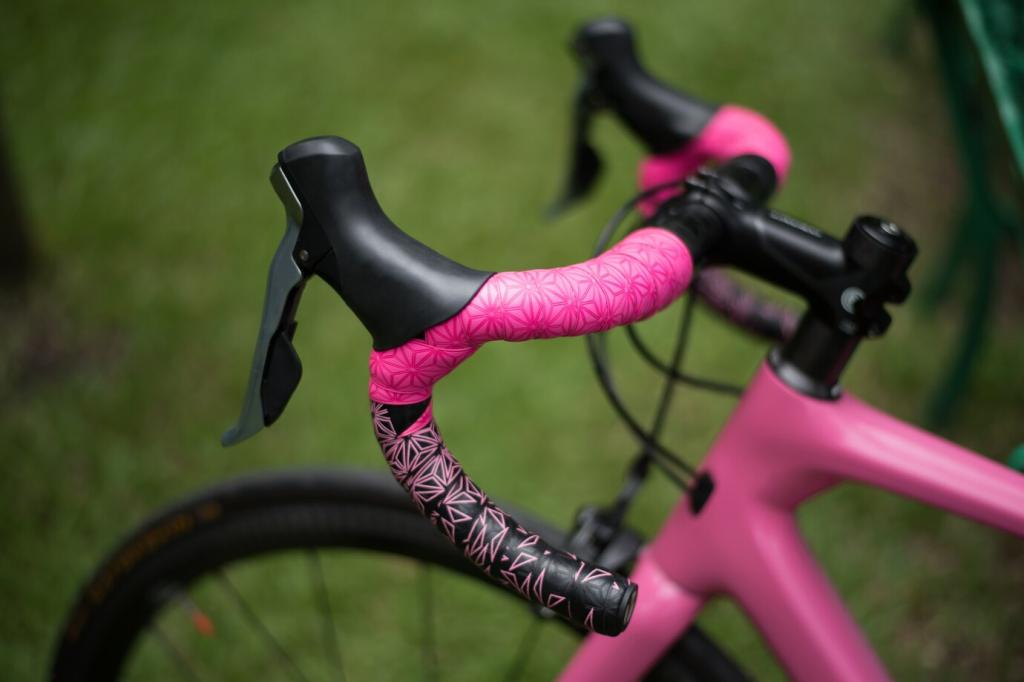Safety and Group Communication After Dark
Use a steady rear light on trails and a pulsing mode for road links. Add reflective ankle bands for striking motion visibility. Aim your front beam down when following, and dim it at stops so friends can actually see where to put their feet.
Safety and Group Communication After Dark
Agree on simple voice calls for hazards, stops, and wildlife. A quick ‘rider up’ or ‘rider back’ keeps everyone aligned. Bells help in shared spaces, while helmet lights should dip when chatting to avoid dazzling your riding partners.





